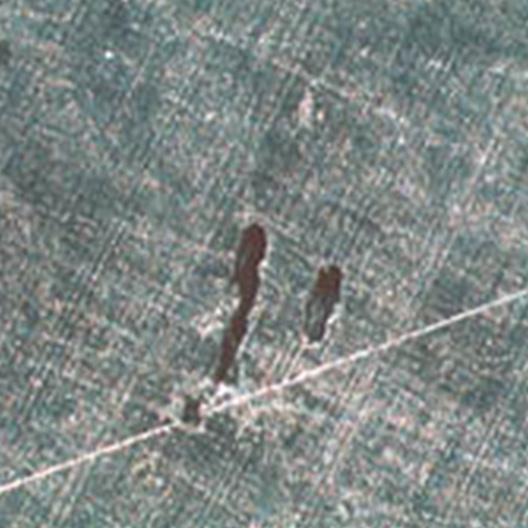
Porosity
What it is:
Porosity is one of the biggest problems in die casting. The presence of small pores within the cross-section of a casting can adversely affect the strength of the component. There are two main types of porosity, namely gas porosity and shrinkage porosity.
Causes:
Gas porosity is a consequence of the very high velocities at which the metal is injected into the mold. However, it can also be aggravated by the presence of water on the die and the decomposition of any organic compounds within the die or the shot sleeve. Chem-Trend’s products are designed to minimize any direct contribution to gas porosity.
Shrinkage porosity occurs because most cast metals have a slightly lower density in the liquid state than in the solid state. This means that, as the metal solidifies, it will occupy less volume. Unfortunately, when a casting has many different cross-sections, a “hot spot” can develop, whereby a portion of the casting will remain liquid after all the other parts have solidified. This “hot spot” will create a shrinkage pore when the liquid in that area finally solidifies. Chem-Trend die lubricants can help address this problem through their ability to aid in the management of cooling characteristics which can control the incidence of hot spots.
Solutions:
The potential for gas porosity can also be decreased by selecting a die lubricant that impacts the effectiveness of the vents. Die lubricants are usually sprayed into the die cavity, but with any spray setup, a certain portion of the spray will end up outside the target area, such as in the vents. This is usually referred to as “over-spray,” and as the water evaporates, a film of lubricant can be formed in the vents. Unlike the film in the cavity, this film is not completely removed when the castings are extracted and, over time, can restrict the flow path of the escaping gases. Chem-Trend has developed die lubricants that specifically minimize the amount of over-spray that is generated, thus further improving the quality of castings.
For shrinkage porosity, Chem-Trend die lubricants can help address this problem through their ability to aid in the management of cooling characteristics, which can control the incidence of hot spots.
RELATED CASE STUDIES
© 2025 Chem‑Trend L.P. or Chem‑Trend affiliated company. All rights reserved.
Regional websites:
-
Argentina
-
Brasil
(Brazil) -
Canada
-
Česko
(Czech Republic) -
CIS (excluding Russia)
-
Deutschland
(Germany) -
España
(Spain) -
France
-
India
-
Italia
(Italy) -
México
-
România
(Romania) -
Polska
(Poland) -
Türkiye
(Turkey) -
United Kingdom
-
United States
-
Việt Nam
(Vietnam) -
中国
(China) -
한국
(South Korea) -
日本
(Japan)
Notice
You are about to exit this page. You will be redirected to the Chem‑Trend Global website where you’ll find your requested content in English.
Continue